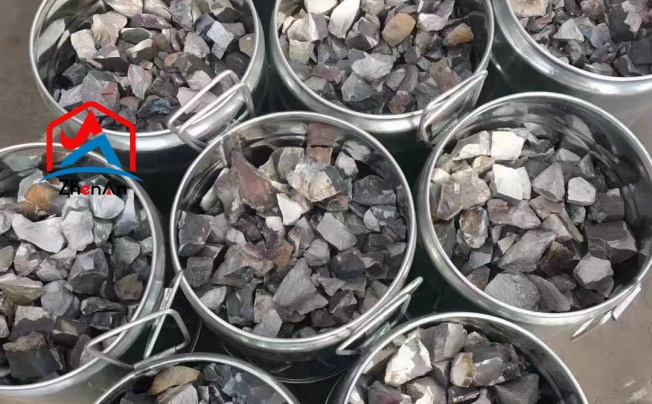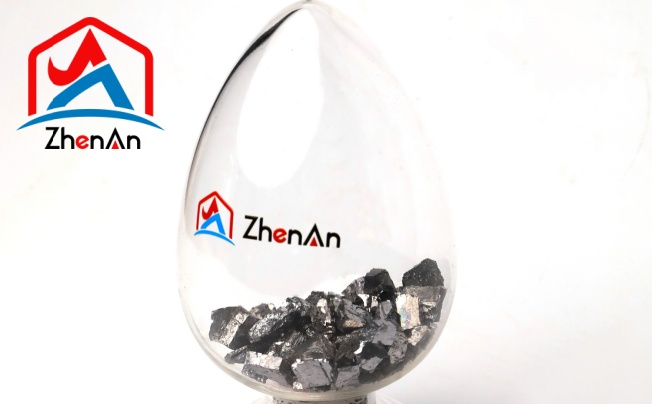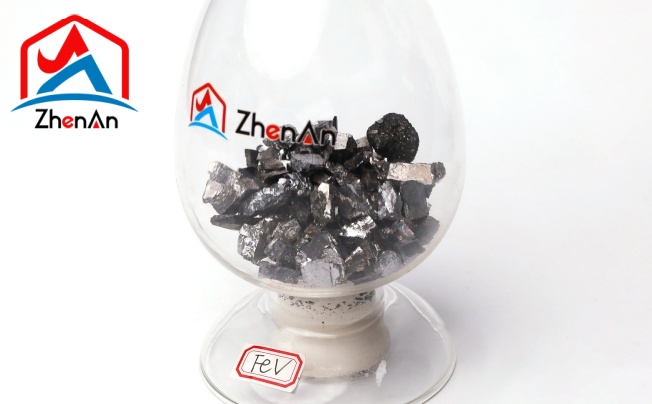Metal Silicon Testing Methods And Testing Standards
Smelted in an electric furnace from quartz and coke, metallic silicon is the end product. About 98% of it is silicon, with the remaining impurities being calcium, iron, and aluminium. Metallic silicon is elemental silicon that has been industrially purified. It is primarily used to make organic silicon, high-purity semiconductor materials, and alloys for specific uses. Additionally, metallic silicon is frequently employed as a reducing agent in the smelting of numerous metals and as an alloying element in the steel industry when smelting ferrosilicon alloys.
Method of detection
Spectrophotometry, ion emission spectrometry, spark direct reading spectrometry, halogen element analysis, the titration method, and other techniques are the primary methods used to identify metallic silicon. Among these, spectrophotometry is a frequently used experimental technique in biochemical research due to its advantages of high sensitivity, ease of use, and quickness. Visible light photometers, ultraviolet spectrophotometers, and infrared spectrophotometers are examples of detection instruments.
Testing Standards
The standardised processes and rules for evaluating the attributes and qualities of metal silicon materials are referred to as metal silicon testing standards.
ASTM A370: Mechanical Testing of Steel Products: Standard Test Procedures and Definitions
Standard Test Procedures for Tension Testing Cast and Wrought Aluminium and Magnesium Alloy Products (ASTM B557)
ASTM C39: Typical Test Procedure for Cylindrical Concrete Specimens’ Compressive Strength
ASTM E350: Typical Test Procedures for Chemical Examination of Carbon Steel, Silicon Electrical Steel, Low-Alloy Steel, Ingot Iron, and Wrought Iron
Applications Of Ferrosilicon 65
- Steel Industry: Ferrosilicon 65 is a common alloying agent used in the steel industry. Steel’s hardness, strength, and deoxidizing qualities are all enhanced by it. In order to improve the quality and performance of steel, it is added during the production process.
- Foundry sector: Cast iron is treated with ferrosilicon 65 in the foundry sector. It aids in regulating the starting silicon content and encourages the development of graphite nodules, both of which enhance ductile iron’s mechanical qualities.
- Production of Prealloys: Magnesium ferrosilicon (MgFeSi) and other prealloys are made from ferrosilicon 65. Magnesium and trace amounts of rare-earth metals are present in MgFeSi, which is used to make ductile iron.
- Magnesium Production: The Pidgeon process uses ferrosilicon 65 to convert dolomite into magnesium. It is essential to the process of reducing magnesium oxide to magnesium metal.
- Electrical Transformers: Sheets for the magnetic circuit of electrical transformers are made using ferrosilicon 65. It adds to the core of the transformer’s magnetic characteristics.
- Diamond Mining: The processes involved in diamond mining make use of ferrosilicon powders, such as ferrosilicon 65. They are used to extract diamonds from materials that contain diamonds.
Characteristics Of Ferrosilicon 65
Ferrosilicon 65 is often composed of silicon (about 65%), iron, and other components. The manufacturer and particular requirements may cause variations in the precise composition.
Ferrosilicon 65’s physical appearance is often that of powder or granules. It has a metallic sheen and is either silver-grey or dark grey in colour.
Application in the Foundry and Steel Industries: Ferrosilicon 65 finds extensive application in the Foundry and Steel industries. It functions as an alloying agent, enhancing the strength, hardness, and heat resistance of cast iron and steel.
Raw Materials: Certain raw materials are needed to produce ferrosilicon 65. These include coke with certain properties such as fixed carbon content, size, moisture, volatile matter, and ash content, as well as silica stone with a high purity level (above 97.5% SiO2) and specific particle size.
Price range: Ferrosilicon 65 typically costs between 600 and 900 USD per tonne, however, actual costs may differ based on a number of variables, including suppliers and market dynamics.
Qualitative Aspects to Take into Account: The quality of Ferrosilicon 65 should be taken into consideration. Varying costs could be a sign of varying quality. Purchasing ferrosilicon 65 from reliable vendors who offer premium products is advised.







